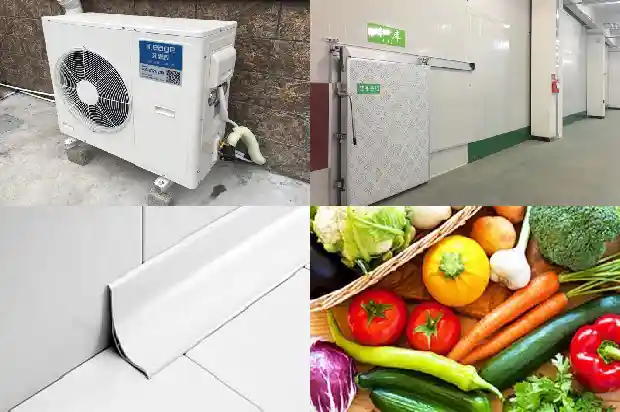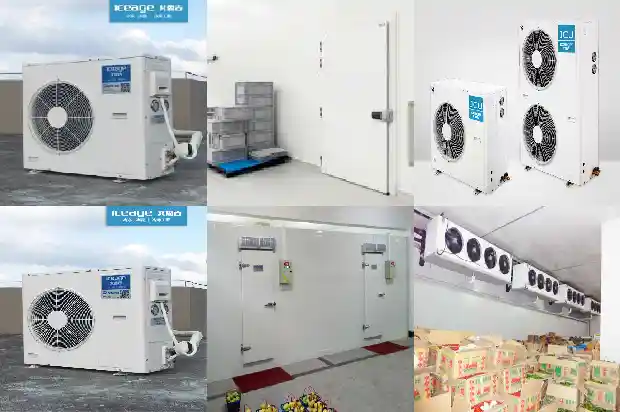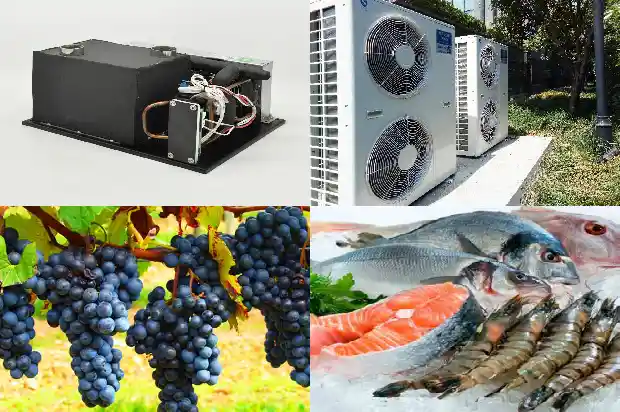Common Faults of HVAC Fan Coil Units
2024-10-07
- Low air output and poor cooling capacity of fan coil units
Under normal operation of the fan, if the air output is small, it is either due to small air intake volume or air leakage in the air duct. Air leakage in the air duct is rare and easy to handle. The small air intake volume is mostly caused by the blockage of the return air filter. The solution is to clean the filter frequently. If not cleaned in time, dust and debris will further stick to the coil fins and fan wheel blades. The blockage of fins by dirt will lead to a decrease in the ventilation capacity of the fan. Dust will also accumulate on the fan impeller, resulting in a smaller blade angle, thus reducing the air volume and increasing the fan current. Therefore, it is very necessary to clean the return air filter in time.
Generally, it should be cleaned at least once every quarter. Otherwise, the blockage will become more and more serious and maintenance will become more and more difficult.
- High noise of fan coil units
There are certain reasons for the high noise of fan coil units.
When the coil is in operation, its fan blades, fan, fan shaft and unit casing are in a vibrating state. After long-term use, the appearance of rust and oil stains on the surface of its components will increase the friction of the components and cause severe vibration, and the released noise will also be relatively loud. When there is air flow inside the coil unit, noise will be generated when the air passes through the return air filter, moves in the air body, blows the heat exchanger fins and moves in the fan.
Common causes of high noise of fan coil units:
(1) The fan coil unit is not firmly installed, causing system resonance.
(2) The fan motor bearing is worn, causing the fan motor to operate eccentrically and generate noise.
(3) The fan blade is deformed and scrapes other parts.
(4) The fan coil unit is deformed during transportation or installation, making the fan bearing or bearing seat not concentric and generating noise.
(5) The winding of the motor itself also has a great relationship. If there is no fundamental change in the high-speed gear after replacing the capacitor, it is recommended to directly replace the motor. - The motor of fan coil unit does not rotate:
Turn on the power and check whether the power supply of the fan coil unit is normal. If there is no power output, check whether there is a fault in the power supply. Then check the speed control switch. If neither of the above two situations is the case, check whether the impeller is stuck. Since the electric power of the fan coil unit is relatively small, a little resistance may cause it to be stuck. At this time, we need to observe and check in time. Contact the maintenance personnel as soon as possible. - Normal air output of fan coil unit and deviation in supply air temperature
Most of such faults occur in the coil supply and return water system. First, check whether the water supply temperature is normal and whether the water volume is normal. If the temperature difference between the supply and return water pipes is large, it is mostly caused by the blockage of the inlet filter or the accumulation of air in the pipeline.
In addition, during the construction process, sharp bends, slag accumulation points and air accumulation points should be avoided as much as possible. Although the specification requires that exhaust valves and sewage valves should be installed at high and low points, it is often difficult to achieve on the construction site. After installation, flush and drain as much as possible. During operation, the water filter should be cleaned frequently to keep the pipeline unobstructed. - Water leakage of fan coil units
(1) If water leaks outside the water collection tray of the fan coil unit, it is mainly a problem with the insulation material. Strengthening the insulation can eliminate the problem.
(2) If water leaks inside the water collection tray, it means that the condensate pipe of the fan coil unit is not unobstructed and the condensate overflows. We only need to unclog the condensate pipe or use a gas cylinder to blow.
(3) If the condensate drainage pipe is always blocked and water often leaks down from above, in addition to cleaning it regularly, it is recommended to thoroughly flush and descale the system, check whether a filter screen is added to the return air outlet of the fan coil unit, and whether the installation slope of the pipeline meets the requirements.
Related Articles
- Basic Faults and Preventive Maintenance of Water - cooled Units
- Composition and Common Faults of Screw Refrigeration Compressors
- Common Faults and Solutions of Central Air - conditioning Chiller Units
- Common Faults of Industrial Chillers
- Common Faults and Corresponding Solutions of Chillers During Use
- Analysis and Troubleshooting of Common Faults in Air - source Heat Pumps
- Maintenance Methods for Faults in Screw Refrigeration Air - conditioner Compressors
- Common Faults and Troubleshooting Methods of the Moving Mechanism of Piston Compressors
- Analysis of Common Faults in Compressor Overcurrent and Burnout
- What are the reasons for the inactivity of the automotive air conditioning compressor? What are the common faults?
- Common Operating Faults and Treatment Methods of Centrifugal Compressors
- Common Four Faults and Replacement Methods of Scroll Compressor
- Analysis of Refrigeration Compressor Motor Faults
- Analysis and Treatment of Common Low-Pressure Faults in Chillers
- Analysis and Treatment of Common Low Pressure Faults in Chillers
- Common faults in refrigeration system (discharge temperature and pressure)
- Common Faults of Screw Compressor
- Causes and Prevention of "Primary Condensation" and "Secondary Condensation" in Fan - Coil Units
